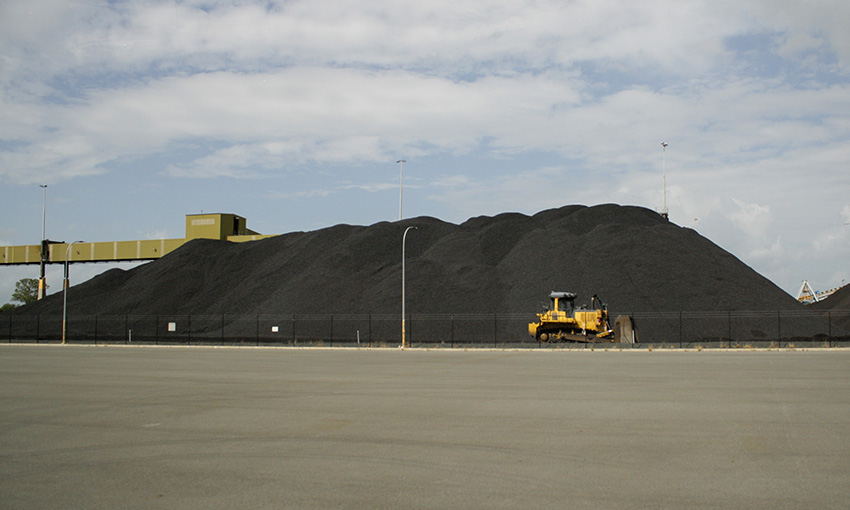CONSUMPTION of coal is to rise slightly over 2022 to the record levels reached nearly a decade ago, according to a recent report from the International Energy Agency.
According to the IEA’s July 2022 Coal Market Update, global coal consumption is forecast to rise by 0.7% in 2022 to 8 billion tonnes. This is assuming the Chinese economy recovers as expected in the second half of the year. This global total would match the annual record set in 2013 and coal demand is likely to increase further next year to a new all-time high.
The report highlights the significant turmoil in coal markets in recent months. This turmoil has important implications for many countries where coal remains a key fuel for electricity generation and a range of industrial processes. At the same time, the world’s continued burning of large amounts of coal is heightening climate concerns, as coal is the largest single source of energy-related carbon dioxide emissions.
Worldwide coal consumption rebounded by about 6% in 2021 as the global economy recovered rapidly from the initial shock of the Covid pandemic. That sharp rise contributed significantly to the largest ever annual increase in global energy-related carbon dioxide emissions in absolute terms, putting them at their highest level in history.
Global coal demand is being propped up this year by rising natural gas prices, which have intensified gas-to-coal switching in many countries, as well as economic growth in India. Those factors are being partly offset by slowing economic growth in China and by the inability of some major coal producers to ramp up production.
Exports
The report said international trade in thermal coal increased by 43 million tonnes (or 4.3%) and in metallurgical coal by 4 million tonnes (1.3%).
The IEA said Indonesia, the largest exporter of thermal coal, is also the most flexible. In 2021, the archipelagic country increased its exports by 27 million tonnes to 424 million tonnes. This total was more than twice as much as Australia’s total for the year, which was 199 million tonnes.
Of the major coal exporting countries, the IEA expects Russia’s output to decrease the most in 2022 as a result of international sanctions and the EU’s import ban.
The agency expects that South Africa and Australian exports will decline as well due to disrupted railways and unfavourable weather conditions.
Demand and consumption
Demand for coal in India has been strong since the start of 2022 and is expected to rise by 7% for the full year as the country’s economy grows and the use of electricity expands.
In China, coal demand is estimated to have declined by 3% in the first half of 2022 as renewed Covid lockdowns in some cities slowed economic growth, but an expected increase in the second half of the year is likely to bring coal consumption for the full year back to the same levels as last year.
China and India together consume double the amount of coal as the rest of the world combined, with China alone accounting for more than half the world’s demand.
Coal consumption in the EU is expected to rise by 7% in 2022 on top of last year’s 14% jump. This is being driven by demand from the electricity sector where coal is increasingly being used to replace gas, which is in short supply and has experienced huge price spikes following Russia’s invasion of Ukraine.
Several EU countries are extending the life of coal plants scheduled for closure, reopening closed plants or raising caps on their operating hours to reduce gas consumption. However, Europe only accounts for about 5% of global coal consumption.
As soaring natural gas prices have made coal more competitive in many markets, international coal prices have risen in turn, hitting three all-time peaks between October 2021 and May 2022. Sanctions and bans on Russian coal following Russia’s invasion of Ukraine have disrupted markets, and issues in other major exporters have contributed to supply shortages.
With other coal producers facing constraints in replacing Russian output, prices on coal futures markets indicate that tight market conditions are expected to continue well into next year and beyond.



